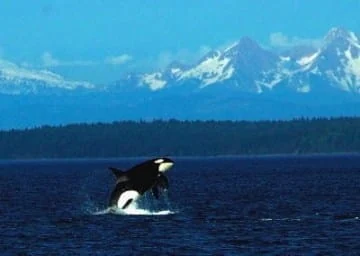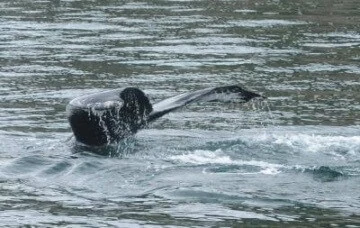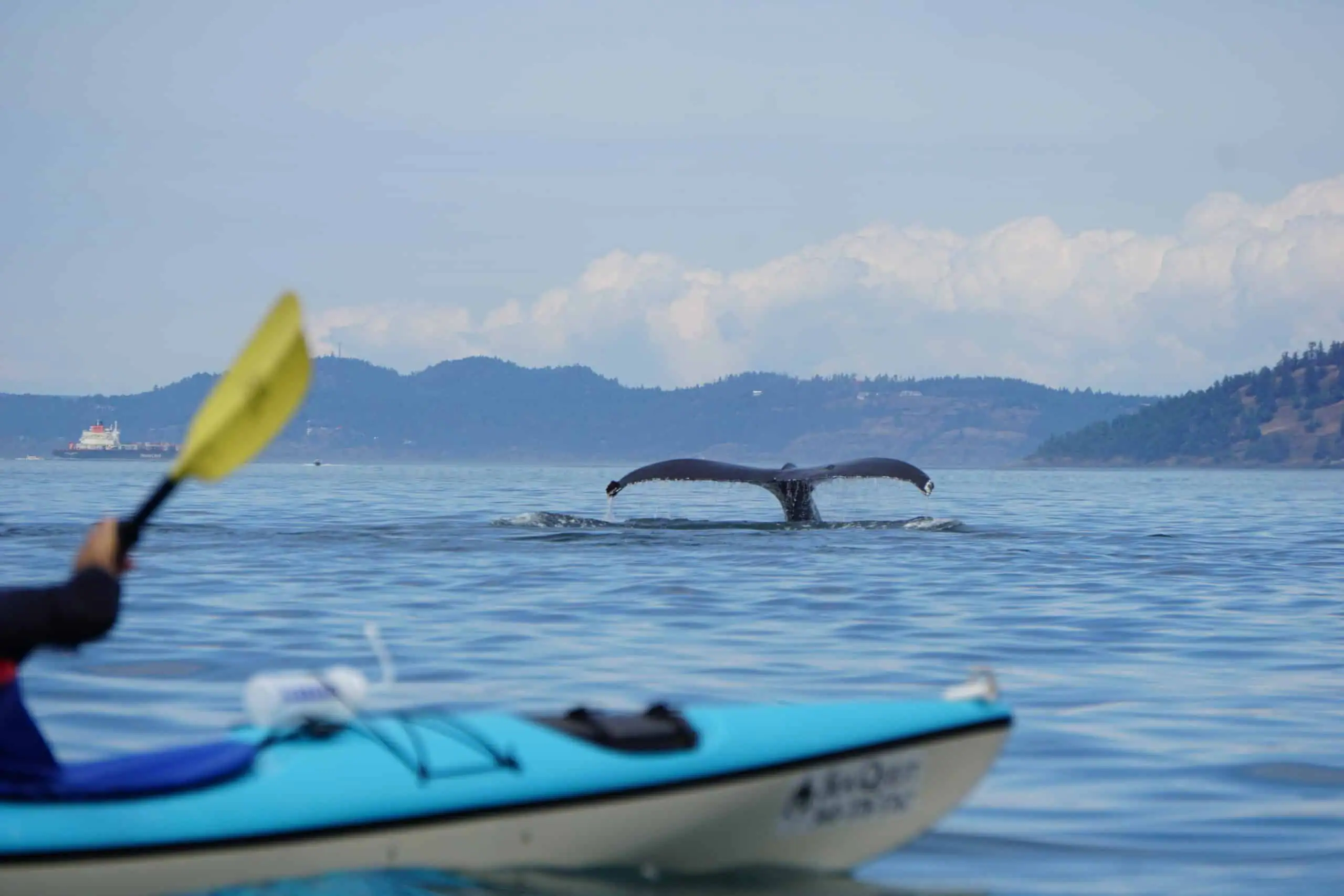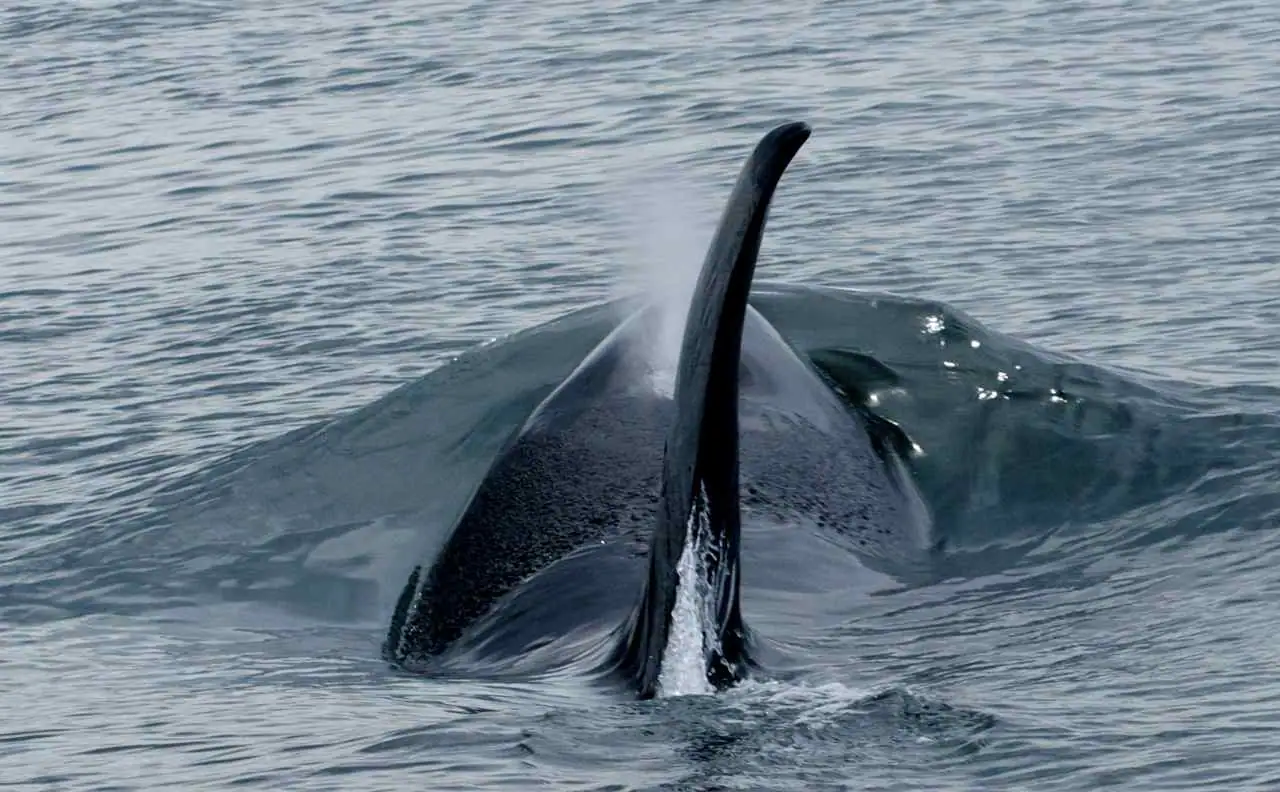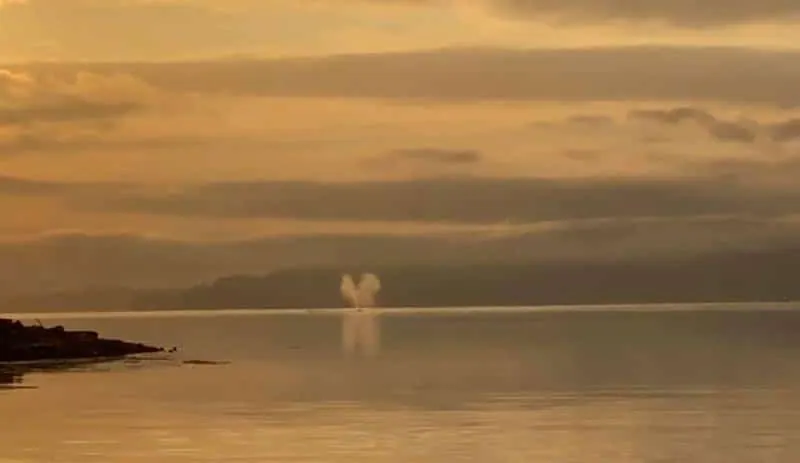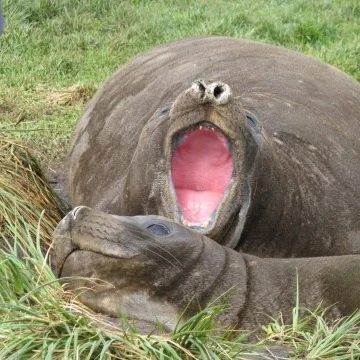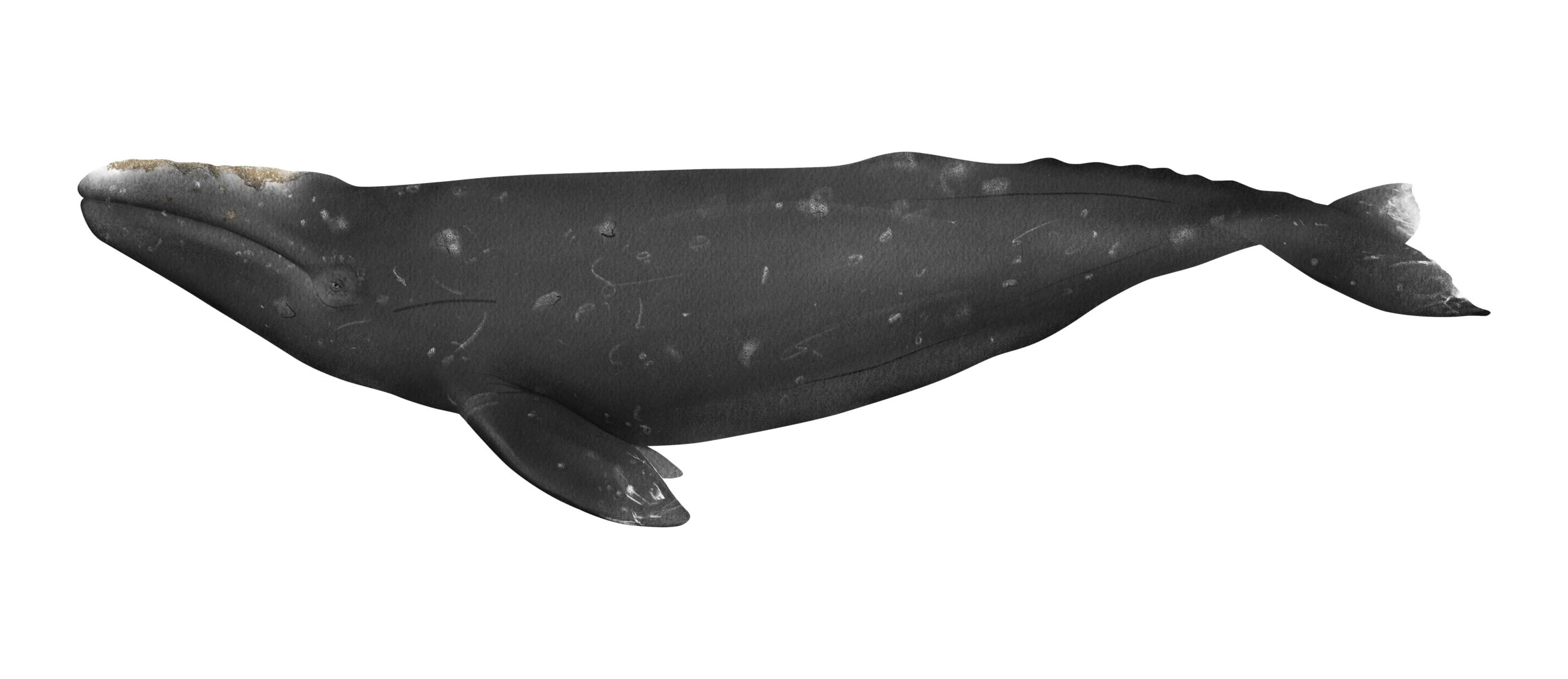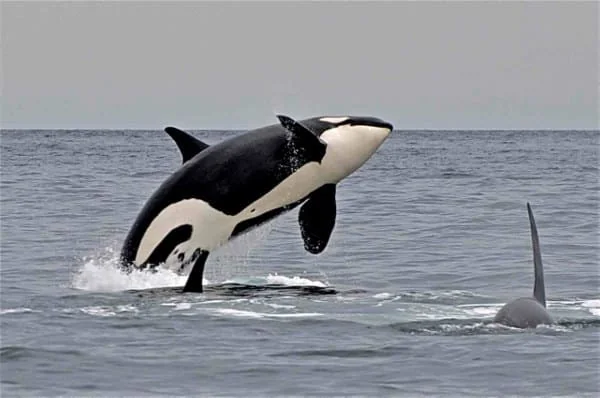Our spring birding tours on San Juan Island have been very productive with some occasional surprises. April is an interesting month for bird watching in Washington state as many winter visitors overlap with newly arriving summer breeders and passing migrants. This makes for some great diversity on our bird watching tours in April and May. Combined with the spring wildflowers and newly emerging butterflies, this is a vibrant time to get outside to pick the brains of our published birding and botany experts. Since our recent birding tours have been restricted to the terrestrial habitats on San Juan Island, we will only cover the land-based birds in this bird-watching report. Starting from the top of the list, we’ve been hearing and seeing good raptor activity as breeding Red-tailed Hawks and Cooper’s Hawks are making aerial flight displays and cackling loudly. “Coastal Forest” Merlins are a rare breeder in Washington state but one was recently seen on Cady Mountain in excellent nesting habitat. We hope it stays to become the first nesting record for the San Juan Islands! Nocturnal birds of prey have also been gearing up for the nesting season. Great Horned and Barred Owls are booming their songs over long distances – they are likely sitting on eggs or feeding chicks. You have to be much closer to hear the smaller ventriloquil owls and we have been fortunate to have nesting pairs of both Western Screech-Owls and Northern Saw-whet Owls most years near our San Juan office. This happens to be one of those favorable years as they have been tooting non-stop on clear nights. Rufous Hummingbirds are diving all about in high speed courtship displays, while woodpeckers of many species have begun their spring drumming on hollow trees. Despite lacking any singing ability, both of these families manage quite well when advertising for mates by generating these unconventional bird sounds. Pileated, Hairy, and Downy woodpeckers have been vigorously pounding away on hollow trees, while a Northern Flicker has taken a liking to the excellent drum-like quality of a bat house attached to our office roof. We doubt the resident bats are very pleased with that sort of wake up call and are surprised they don’t come tumbling out unconcious during the drum session! The first Violet-green Swallows have been kiting about and are even checking out the nest boxes near our office. The normally garroulous Ravens have switched to their silent and stealthy nesting mode. Chestnut-backed Chickadees having been visiting our doggy mascot’s bed as they do every spring to collect some whale hound hair to line their nests. And Brown Creepers are piping their sibilant songs from the San Juan forests while the roving winter flocks of Bushtits have broken up into nesting pairs. Overwintering Bewicks’s and Winter Wrens have been joined by newly arrived House Wrens and all three seem to be competing to see who can sing the loudest. Its possible to hear all three while standing in one spot. Other neotropical migrants have appeared and most are tuning up their vocal cords, too. Cassin’s Vireos, “Lutescent” Orange-crowned Warblers, and the recently restored Audubon Warbler (re-split from the Yellow-rumped Warbler by some ornithologists – a decision we happen to agree with) are leading the vanguard. The next few weeks will see a constant influx of neotropical species that are on later time tables. A lot of ecological “replacements” are taking place on San Juan Island in April. Hermit Thrushes are moving north, soon to be replaced by Swainson’s in the same forested habitat. Likewise, Golden-crowned Sparrows are gradually being replaced by White-crowned Sparrows in the thickets. The hardy variety of Robin that overwinters is returning to Alaska and has already been totally replaced by Robins that wintered over in California. Speaking of thrushes, several Western Bluebirds have been noted on San Juan Island at their newly re-colonized breeding sites in San Juan Valley. We have been searching for them on Cady Mountain, another reintroduction area, but with no success. On many occasions this April we have found a closely related thrush, the Townsend’s Solitaire. These and the rarely sighted Mountain Bluebirds are just passing through the San Juan Islands on their way to montane habitat elsewhere in Washington. Finally, the finches… Purple and House Finches are bright and songful again, and the first waves of American Goldfinches have arrived in full color. The tightly wheeling flocks of Pine Siskins have broken up into testy breeding pairs. But the Red Crossbills, featured in the photo, have a big jump on the rest of the finch family. A week ago they fledged another brood, their second of the year already! The Douglas-fir cone crop has been excellent over the past two years and Red Crossbills have been cranking out broods every three months or so during this period, including one in mid-winter. Like humans, they are one of the few animals that can procreate at any time of year! If you’ve been thinking about getting outside and enjoying the beauty of spring wildflowers and bird-watching on San Juan Island, you should give us a call now and reserve a birding tour with our expert birding guides and bird book authors. Reserve Your Birding Tour in the San Juan Islands and other Washington Bird-Watching Locations Today!

